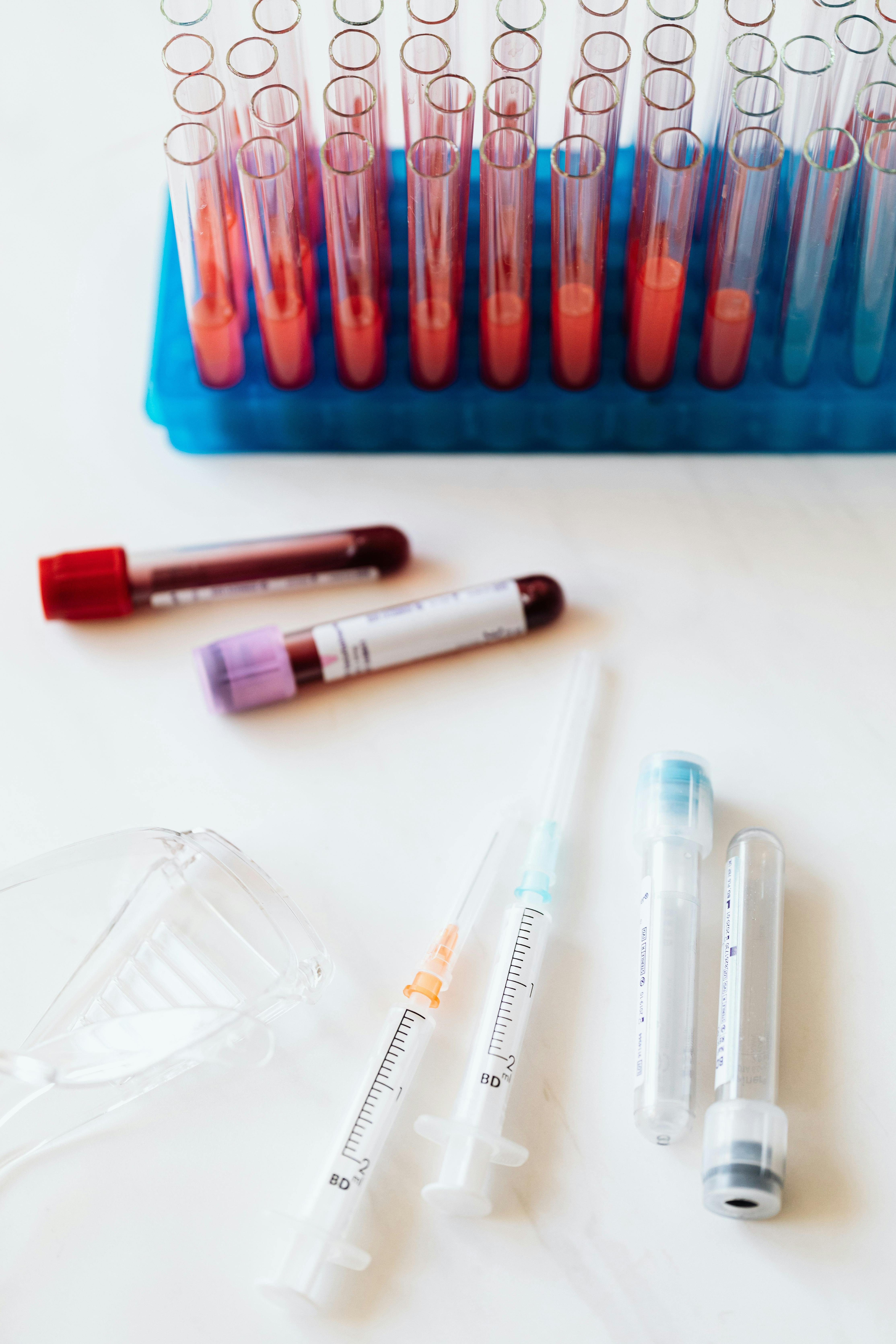Introduction:
Uderstanding a silent epidemic Diabetes, This is a health issue that is getting more and more attention in current society. The International Diabetes Federation (IDF) estimates that 463 million people worldwide have diabetes as of 2019, and that number is expected to considerably increase over the next few years. Diabetes is a long-term metabolic illness that interferes with how your body uses glucose, which serves as its main energy source. It is essential for individuals and communities to understand diabetes, its kinds, causes, symptoms, and management in order to fight this silent epidemic. We'll explore all aspects of diabetes in this blog, focusing on the knowledge you need to manage your health.
Understanding a Silent Epidemic Diabetes:
Diabetes is a disorder that develops when your body is either unable to use insulin properly or does not create enough of it. The main function of the hormone insulin, which is released by the pancreas, is to control blood glucose levels. Serious health issues can result when glucose builds up in the bloodstream rather than being absorbed by cells for energy.lyme-disease
Table of content
- Introduction
- Description of diabetes
- Types of Diabetes
- Causes and risk factors of diabetes
- Type 2 diabetes symptoms
- Management of diabetes
- Managing diabetes
- Conclusion
Types of Diabetes:
The three primary kinds of diabetes are as follows:
1)Diabetes Insipidus: Type 1 diabetes is an autoimmune condition in which the immune system assaults and kills the pancreatic beta cells that produce insulin. People with type 1 diabetes must therefore administer insulin injections to control their blood sugar levels.
2)Diabetes Mellitus: Type 2 diabetes: About 90% of all instances of diabetes are of this kind, making it the most prevalent type. Insulin resistance, in which the body's cells do not react appropriately to insulin, is a hallmark of type 2 diabetes. It is frequently linked to lifestyle issues like obesity, sedentary behavior, and poor food.glaucoma.
3)Gestational diabetes: This form of Diabetes develops during pregnancy as a result of insulin resistance brought on by hormonal changes. Women with gestational diabetes have a higher chance of getting type 2 diabetes later in life, despite the fact that it typically goes away after childbirth.
Causes and risk Risk factors of Diabetes
Depending on the type, Diabetes can have a variety of specific reasons. Genetics and environmental variables both have a big impact on type 1 diabetes. Obesity, a poor diet, and a lack of physical activity are all significant risk factors for type 2 diabetes. Age, family history, race, and gestational diabetes during pregnancy are other type 2 diabetes risk factors.
 |
| Classification of Diabetes |
Type 2 Diabetes Symptoms:
Diabetic symptoms frequently manifest as:
1)Often urinating
2)Significant thirst Unexpected weight loss
3)Weakness and lethargy
4)Distorted vision
5)Slow wound healing
6)Numbness or tingling in the hands and feet
7)Persistent infections
For an accurate evaluation and diagnosis, it's imperative to speak with a healthcare provider if you have any of these symptoms.
Management of Diabetes:
Despite the fact that Diabetes is a chronic condition, it can be efficiently treated in order to avoid complications and enjoy a happy life. The following are some crucial components of managing Diabetes:
1)Monitoring Your Blood Sugar Levels: Knowing how your body reacts to various foods, drugs, and activities requires regular blood sugar monitoring. It aids in your decision-making regarding your food and insulin levels.diabetes
2)Healthy Eating: A balanced, nutrient-rich diet is essential for managing Diabetes. Limit processed foods, sweetened beverages, and excessive carbohydrate intake, and place an emphasis on consuming whole grains, fruits, vegetables, lean proteins, and healthy fats.
3)Physical activity: Regular exercise helps to maintain a healthy weight and improves insulin sensitivity. Aim for at least 150 minutes per week of strength training activities and moderate-intensity aerobic activity.diseases-conditions/diabetes/symptoms-causes/syc-20371444diabetes/symptoms-causes/syc-20371444
4)Insulin injections or oral drugs may be prescribed by your doctor to control your blood sugar levels, depending on the type and severity of your Diabetes.
5)Sleep and Stress Management: Both chronic stress and sleep deprivation have a deleterious impact on blood sugar levels. For effective Diabetes control, relaxing practices like yoga, meditation, and getting enough sleep are essentials
Managing Diabetes:
Type 2 diabetes can be prevented with basic lifestyle changes:
Focus on a nutritious diet that is high in whole foods, and fiber, and low in processed sweets and bad fats.
1)Active lifestyle: Include regular exercise in your daily schedule by going for walks, bike rides, or swims.
2)Weight loss: If you are overweight, decreasing just 5 to 10% of your body weight can greatly lower your chance of developing Diabetes.
3)Avoid Smoking and Drink Moderately: Smoking and excessive alcohol consumption both raise the chance of developing Diabetes. Therefore, it is suggested to stop smoking and moderate your alcohol usage.
Conclusion:
Diabetes is a significant and complicated medical illness that needs to be managed actively. Diabetes can be efficiently treated, allowing people to maintain full and active lives by learning the types, causes, and symptoms as well as adopting a healthy lifestyle. Additionally, by emphasizing prevention through healthy lifestyle choices, we can all work together to lower the prevalence of Diabetes and its related problems, thereby promoting a healthier and happier society. Keep in mind that information is power and that taking control of your health is the first step to a future free of Diabetes.




No comments:
Post a Comment